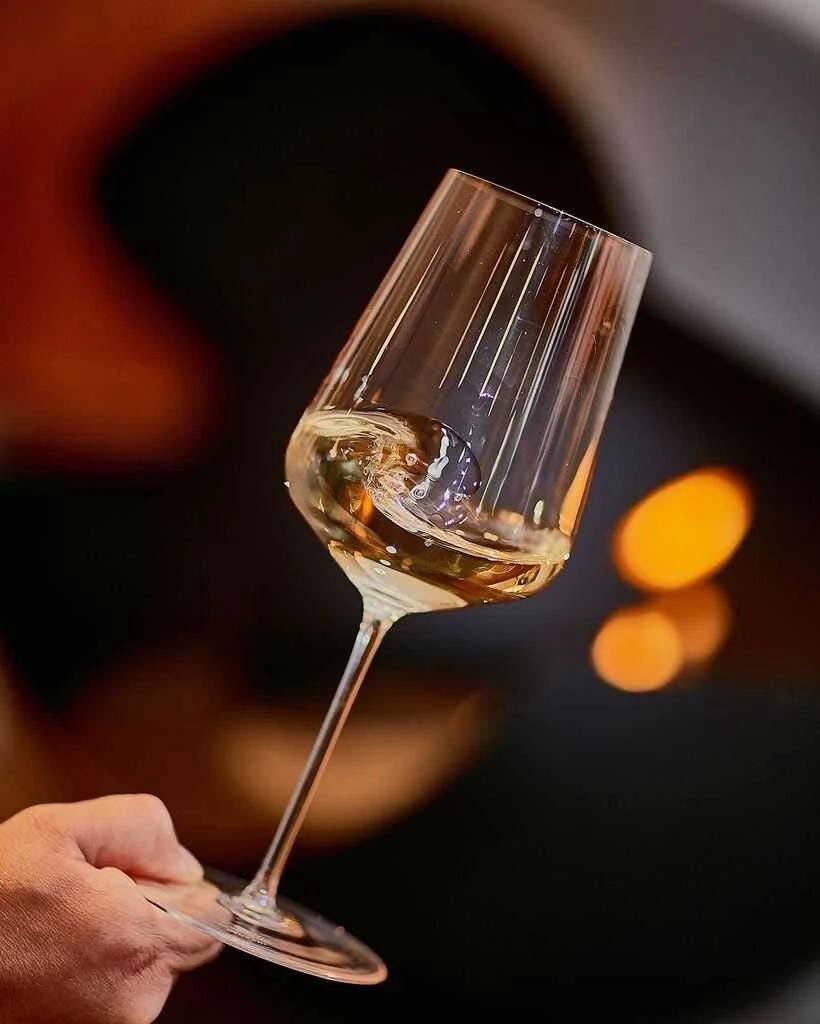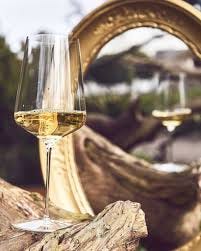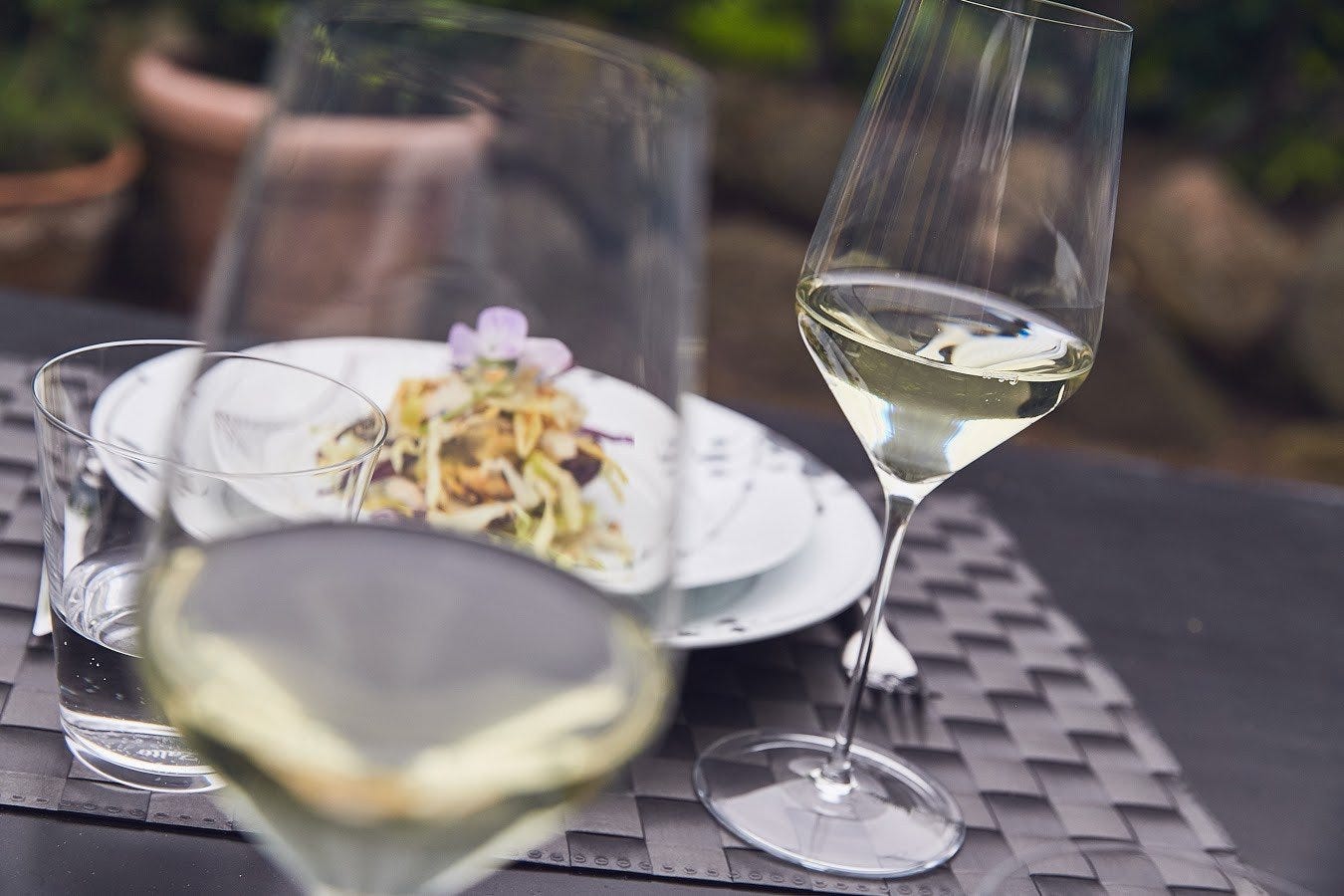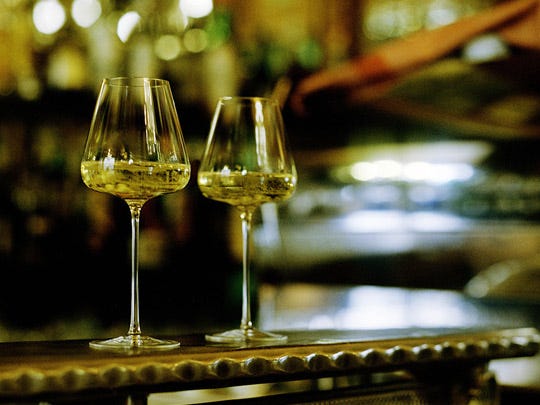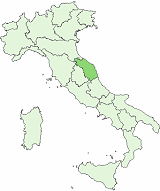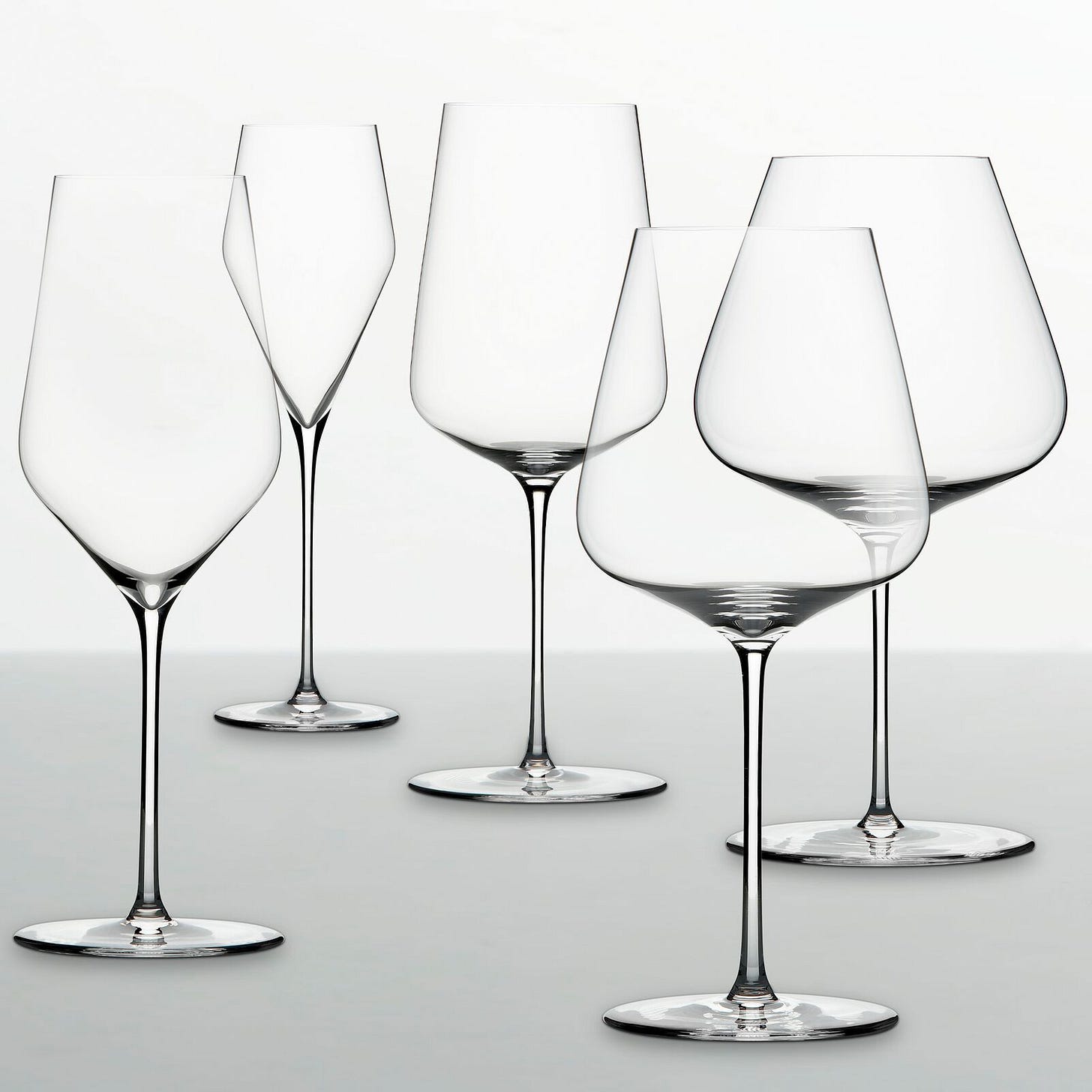Wine (checklist item n. 21 - part two)
White wines, how to choose
Let’s continue, today, with the discussion on wines, after having started last Sunday with sparkling wines.
Three Sundays ago, in the context of the Wedding lunch/dinner menu, I had written this part below - which I already mentioned in the issue on sparkling wines - and which now needs to be expanded.
Therefore, there will be sparkling wines at the beginning and at the end, and still wines paired with the courses. It begins with a fresh white wine to be paired with the first course (risotto), continuing with a structured white wine for the fish dish, then the sorbet (that goes alone), and finally a full-bodies red wine with the meat dish.
If the wedding takes place in a hot season, this last red wine will be of medium structure.
Then there will be a sparkling wine for the toast when the cake is cut: the same wine that will then be served at the table together with the cake.
With the final sweet delicacies, in general, a precious sweet wine such as, for example, a passito, is served.
There has been a long and articulated debate on the type of sparkling wine to serve with the cake: the rule is to serve a sweet sparkling wine but often a dry sparkling wine is preferable and this is more than understandable.
I’d love to elaborate on this topic because, as a Sommelier, I would like to argue in a more structured way in one of the next issues.
What does “a fresh white wine to be paired with the first course (risotto)” mean?
When the term "fresh" is used, it means that the wine in question has a certain acidity and it is precisely such acidity that gives it the characteristic of freshness. A wine with a good acidity is generally very pleasant because the more structured part of the wine is less noticeable and, in short, it is more drinkable. This is the reason why, in a situation where you drink more than one wine, it is necessary to start with a wine of this type and then arrive at others of greater structure (or at least in which the structure is felt more). In any case, you must also see how the risotto in question is prepared: whether it will be a risotto with fish, or with vegetables, or the classic Milanese risotto (prepared with marrow), it will change the orientation of the choice.
But let’s always remember that it is a wedding banquet and that we must make sure that the wines offered are easy to drink for everyone.
Broadly speaking, I would therefore prefer dry fresh whites from Alto Adige or Friuli (Northern Italy), while I would leave aside the whites from Southern Italy which are decidedly more structured and demanding. And, above all, staying on what was said last Sunday, it is always advisable to drink local wines, from the area in which you are.
However, nothing prevents you from choosing something else and getting wines from other countries. In any case, I would avoid wines made with aromatic grapes and strictly stay within dry wines.
The ideal serving temperature for a fresh white wine (even for sparkling ones) is about 14 degrees centigrade and the suggested glass is a medium-sized glass.
For the second course, though, things change: “continuing with a structured white wine for the fish dish”.
Here, it’s time to consider more structured wines, and those that come from the Southern part of Italy are absolutely suitable. White wines from Campania, like Greco di Tufo or Fiano d'Avellino, or some Sicilian wines from Grillo, Inzolia and Catarratto, are the best choice.
These wines should be served at a slightly higher temperature to appreciate the olfactory texture which is much richer and more complex than cooler white wines: 16 degrees centigrade and a larger glass will be the two precautions to be kept in mind.
Since on more than one occasion I have published the image of this dream place, and then I have repeatedly stated that drinking local wines, from the area in which you are located, would be highly recommended, I would just like to mention something that could help you a lot with pairings: the “dream place” is located in Central Italy, where many wines of great quality are produced. Precisely, in the Marche region (where that wonderful complex is located), among the many great wines, one in particular would lend itself perfectly to what I just said above: the Verdicchio.
This elegant and dry white wine is produced in two areas of the Marche and (without going into much detail), depending on whether it is from one area or the other, it can be paired with the first or the second course.
The “Verdicchio dei Castelli di Jesi” is indeed a fresher wine that could perfectly match the risotto in question, while the “Verdicchio di Matelica” is a wine of structure and complexity and could be paired with the second course.
This use of these two local wines could result in a considerable refinement that I feel I can strongly recommend.
Finally, I would like to remind you that the so-called international vines (for example, Chardonnay and Sauvignon Blanc) are present throughout the wine world but, depending on the place where they are grown and then vinified, they take on very different connotations. I prefer local native vines and wines but if the newlyweds have a particular propensity for international vines, then between the two in the example, I would recommend a Chardonnay because it is more versatile, fresher (it depends, though...) but certainly not as aromatic as a Sauvignon Blanc.
And then there’s the sorbet, for which no accompanying wine is provided, as it has the function of refreshing the mouth before a more “demanding” course, for which the wine is changed once again: "and finally a full-bodied red wine with the meat dish".
I will stop here for today and postpone the discussion on red wines to next week.
Until next Sunday.


